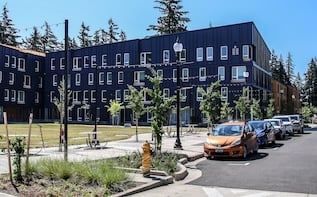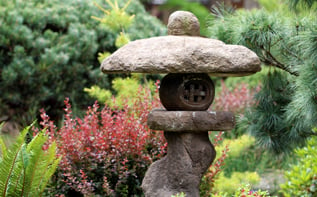- Home
- Fire Department
- Emergency Management
- Earthquake Preparedness
Earthquake Preparedness
Oregon's earthquake hazards
An 8.9 quake, like the one that devastated Japan in 2011, is only possible in subduction zones – where one tectonic plate is underneath another plate. The only U.S. subduction zones are in the Pacific Northwest and Alaska. Residents should take steps to be prepared in the event of an earthquake of this nature.
Watch Oregon Geology's video The Big One - Earth Quake Preparedness
Prepare now
- Build a kit to sustain your household for at least three days.
- Make an emergency plan and discuss it with your family.
- Identify earthquake hazards in your home.
- Be informed: Listen for emergency communications and get additional training.
Video: Build an Emergency Kit on a Budget
Drop, cover and hold
During an earthquake:
- Get underneath a sturdy piece of furniture.
- Cover your head and hold on to help prevent injuries from falling objects.
- If you are inside a building, do not go outside, where you could be hit by falling pieces of the building or glass.
Tsunami hazards
A tsunami is a series of waves, often caused by an earthquake below the sea floor. People located in low-lying areas near the ocean are at greatest risk from tsunami flooding.
- Tsunami waves can arrive along the coastline in as little as five minutes, quickly flooding low-lying areas.
- The strong ground shaking of the earthquake will be a natural warning to quickly move to higher ground.
- Once the earth stops shaking, do not stop to gather personal belongings; evacuate immediately to higher ground.
- Do not return to low-lying areas until you have received the all clear from local authorities.





